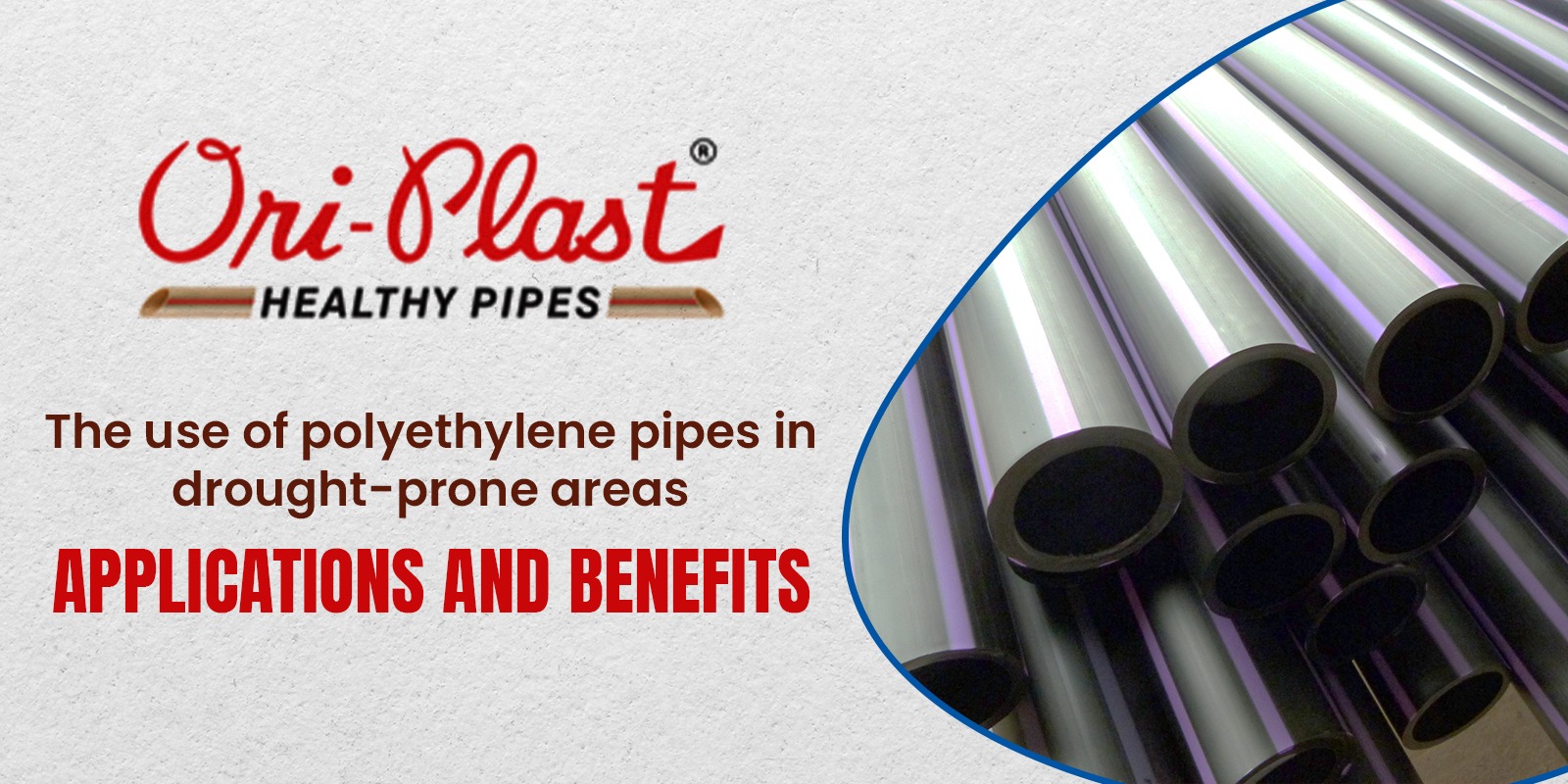PVC (polyvinyl chloride) and HDPE (high-density polyethylene) are both versatile thermoplastics used in a wide variety of applications, most notably in plastic piping systems. Though they share some similar characteristics and applications, there are several key differences between PVC and HDPE when it comes to their properties, manufacturing, performance, and uses.
Chemical Structure and Properties
The most fundamental difference between PVC and HDPE is their chemical makeup. PVC is made by polymerizing vinyl chloride monomers into long chains. HDPE is made by polymerizing ethylene gas molecules into long chains under pressure.
This variation in chemistry lends different material properties to each plastic:
- PVC has moderate strength, chemical and weathering resistance, and thermoplastic properties. It also has inherently high flame and smoke characteristics.
- HDPE is known for high impact strength, low moisture absorption, chemical resistance, weathering resistance, and relatively low thermal expansion coefficient. It has better stress-cracking resistance than PVC.
Density
As their names indicate, PVC is less dense than HDPE. The density of rigid PVC ranges from 1.3-1.45 g/cm3 while HDPE has a density ranging from 0.93-0.97 g/cm3. The higher density of PVC allows it to be stiff and rigid, which is advantageous for certain piping applications. HDPE's lighter weight has advantages for transportation, installation, and seismic applications.
Thermal Properties
PVC can withstand temperatures up to 140°F continuously, while HDPE can handle temperatures up to 250°F continuously. Above these temperatures, material properties start to deteriorate. HDPE remains flexible and usable in cold temperatures down to -220°F. Its lack of plasticizers prevents it from becoming brittle. PVC becomes glass-like and breakable below -10°F.
Manufacturing
PVC resins and compounds are manufactured by several processes, including suspension, bulk, emulsion, and dispersion. Different manufacturing techniques produce different grades of PVC. HDPE is manufactured by both slurry loop polymerization and gas-phased polymerization of ethylene, using catalysts like Ziegler-Natta or metallocenes.
PVC often requires the use of plasticizers, stabilizers, lubricants, and fillers which allow it to be formulated into different types and grades of material. HDPE does not require the use of plasticizers or stabilizers in either resin or pipe production. This makes the HDPE manufacturing process simpler overall with fewer additives required.
Durability and Lifespan
Both PVC and HDPE pipes can have long lifespans of 50 years or more. High quality pipes of either material can last over 100 years if properly manufactured, installed and maintained.
HDPE is considered to have better long-term durability and chemical resistance properties overall. In particular, its resistance to environmental stress cracking gives it better longevity than PVC. However, PVC can also offer excellent longevity when properly formulated and reinforced for the intended application and environment.
Maintenance needs differ between the materials. PVC may require the use of plasticizers to retain its flexibility over its service life. HDPE is more resistant to aging and chemical attack and has less issues with environmental stress cracking. Good initial installation practices and periodic inspection and maintenance is recommended for either material.
Pipe Applications
Both PVC and HDPE are used extensively in piping systems, though HDPE dominates water and gas distribution piping while PVC dominates sewer collection networks.
PVC piping is widely used in the municipal wastewater industry for sewers, being suitable up to 18” diameter gravity sewers. It is also popular for residential drain, waste and vent (DWV) systems. Specialty grades of PVC can handle chemical transport applications.
HDPE is the preferred piping material for natural gas and drinking water systems, including mains and service lines up to 60” diameter pipes. It is also popular for geothermal piping systems. HDPE is not suitable for waste or vent piping applications.
PVC piping is generally joined using solvent cements while HDPE piping utilizes heat fusion welding to connect pipe sections and fittings. Overall installation and maintenance costs can differ between materials depending on technique.
Sustainability and Recycling
Both PVC and HDPE are recyclable materials, however rates of recycling vastly differ. HDPE has an extensive recycling stream while PVC recycling is limited.
HDPE is one of the most recycled plastic materials. Recycling rates reached 33% in 2020 as infrastructure, technology, and markets continue to develop. Recycled HDPE is in demand for manufacturing new products and piping systems.
While technically recyclable, PVC recycling is economically and logistically challenging. In 2020, less than 1% of PVC was recycled in the United States. The primary strategy has focused on reuse rather than mechanical recycling of PVC. Developing larger scale recycling has been hindered by lack of profitable markets for recycled PVC resin.
Cost Comparison
In general, PVC piping costs are lower than HDPE piping costs. PVC resins are cheaper and easier to manufacture using less complex processes. PVC also uses less energy in the production process relative to production output when compared to HDPE. In large diameter piping suitable for both materials, installed PVC piping historically has cost 10-30% less than HDPE.
However, looking past initial costs, there are cases where HDPE provides longer term value thanks to superior durability and lower maintenance costs over its lifespan. Installed costs also depend heavily on project particulars. In smaller diameter tubing, HDPE can be more affordable while still providing longevity. As sustainable infrastructure goals drive changes in the piping industry, costs profiles may shift between these materials over time.
Conclusion
In summary, while PVC and HDPE share similarities as versatile thermoplastic piping materials, they have distinct differences when it comes to chemical makeup, mechanical properties, manufacturing methods, lifecycle attributes, and product applications. These differences make each material suitable for distinct uses in piping markets as well as sustainability considerations. Understanding their unique strengths and limitations allows infrastructure designers to select the optimal material solution for piping system needs. Ongoing advances in both materials offer choices to improve piping system performance across public works, and industrial and residential projects.




